Think You Missed Planting Season? Why June is Your Garden’s Secret Weapon
So, you think the main planting window slammed shut once May was over? I get it. I hear it all the time from new gardeners and even seasoned folks at the farmer’s market. They see summer on the horizon and figure it’s too late for new beginnings in the garden. But after decades of having dirt under my fingernails, I can tell you that June is one of the most powerful months on the calendar. This isn’t about frantically playing catch-up. It’s about a strategic shift to work with the season’s two greatest gifts: seriously warm soil and long, sun-drenched days.
In this article
Gardening in June is its own craft. Success comes from knowing how to use that summer heat to your advantage while gracefully handling its challenges, like keeping everything watered and the pests at bay. Forget the idea of one single planting season. A thriving garden has a rhythm, and June’s beat is strong and steady. Let’s talk about how to harness it, from prepping your soil to picking plants that will laugh at the heat and keep your kitchen full well into the fall.
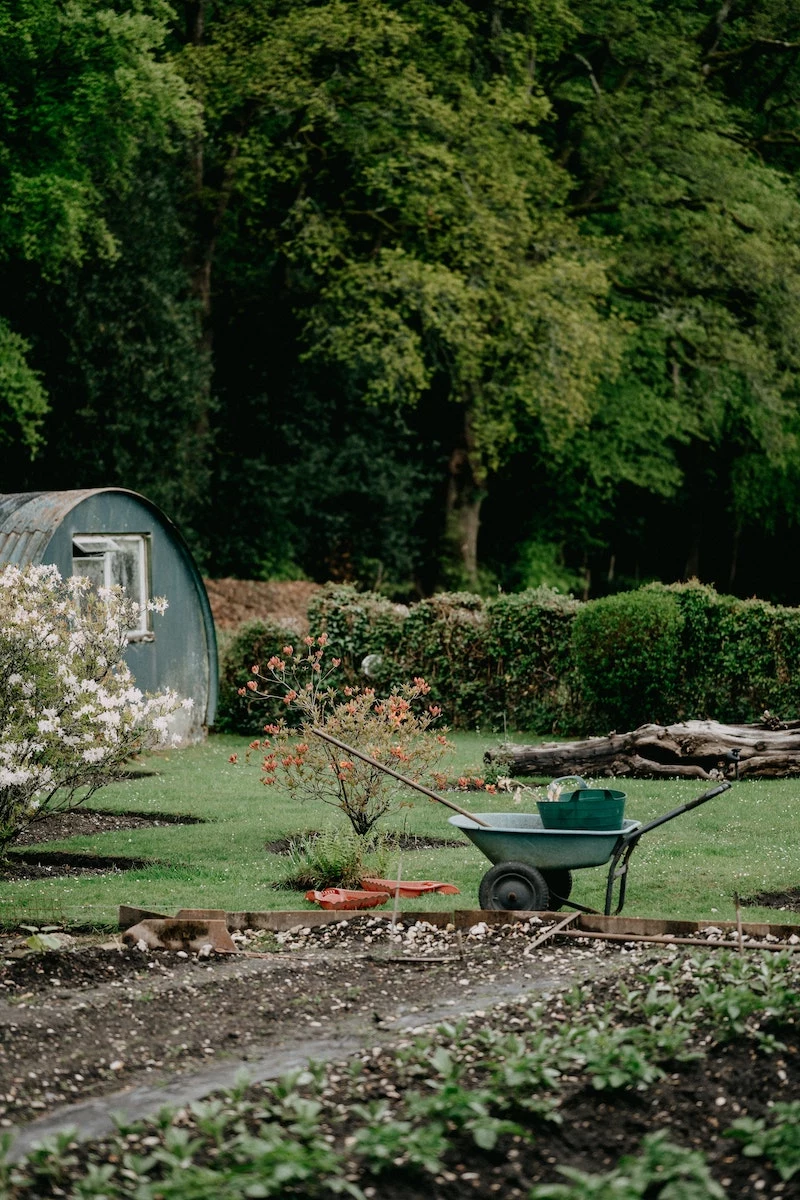
Why Your Garden Actually Loves June
To really get June gardening right, you have to understand what’s going on in the soil and the air around your plants. It’s more than just being “hot.” Specific things are happening that decide whether a seed will pop or a plant will flourish. Honestly, when I was first starting out, I lost a lot of crops because I ignored these basics. Learning the “why” changed my whole approach.
Warm Soil is the Magic Trigger
The biggest leg-up you have in June is warm soil. Spring crops like peas and spinach need cool soil to get going, but the summer superstars—we’re talking beans, squash, and corn—crave warmth. Their seeds have special enzymes that only wake up in a cozy temperature range, somewhere between 70°F and 90°F. If it’s too cold, the seeds can just rot. Too hot, and the new seedling gets fried.
This is why I always have a simple soil thermometer in my shed. It’s one of the best tools you can own, and it only costs between $5 and $12 at any garden center. It takes all the guesswork out of the equation. Before I plant a row of beans, I’ll push it four inches deep into the soil. If it reads 75°F, I know I’m golden and will see sprouts in just a few days. It’s a tiny step that prevents so much wasted seed and frustration.
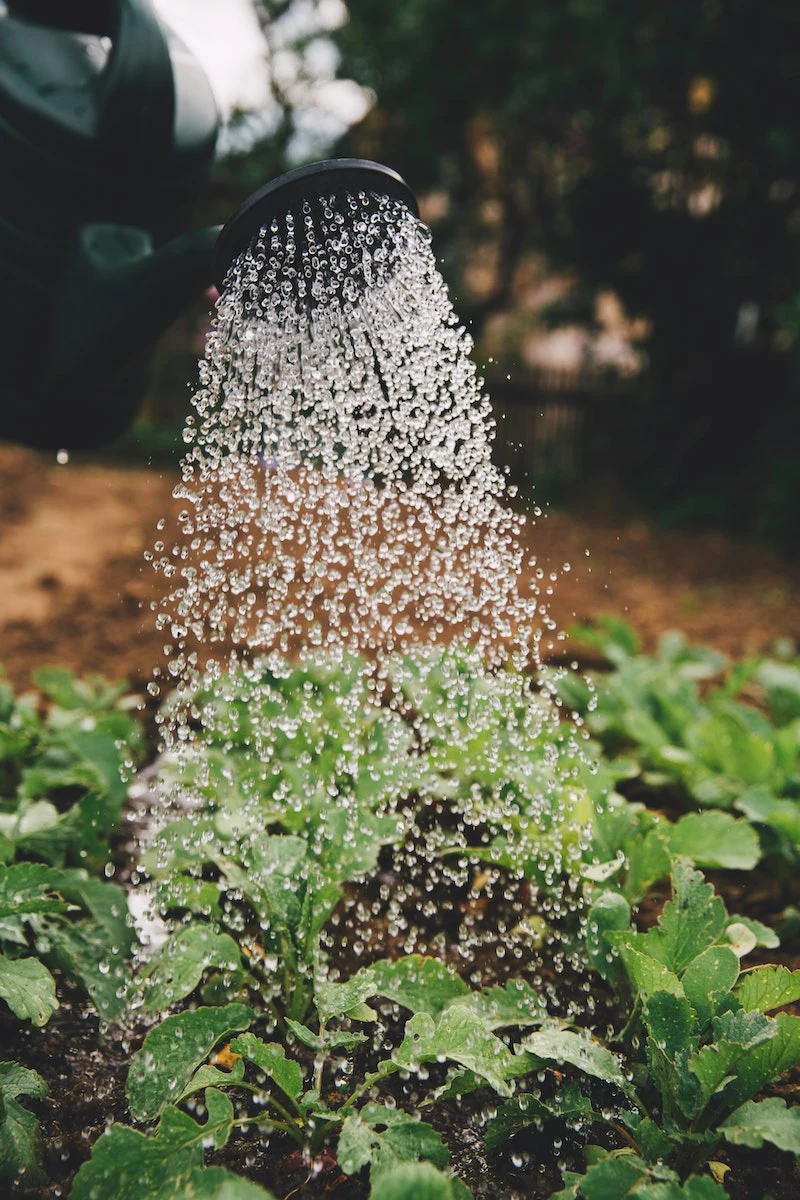
All That Sunshine… and Its Dark Side
June brings us the longest days of the year, and this extended daylight—the pros call it the photoperiod—has a huge impact. For long-day plants like sunflowers and corn, it’s a green light to grow like crazy. They soak up all that sun and turn it into fuel for rapid growth.
But for cool-season crops, it’s a different story. All that light is a signal to plants like spinach, radishes, and certain lettuces that the season is ending. They panic and rush to produce seeds for the next generation, a process called “bolting.” This makes the leaves bitter and inedible. The trick is to choose the right varieties. If you want to grow these, you have to look for seeds labeled “slow-bolt” or “heat-tolerant.” For example, with cilantro, a notorious bolter, I look for a variety like ‘Calypso’. For lettuce, something like ‘Black Seed Simpson’ can handle the heat much better than most.
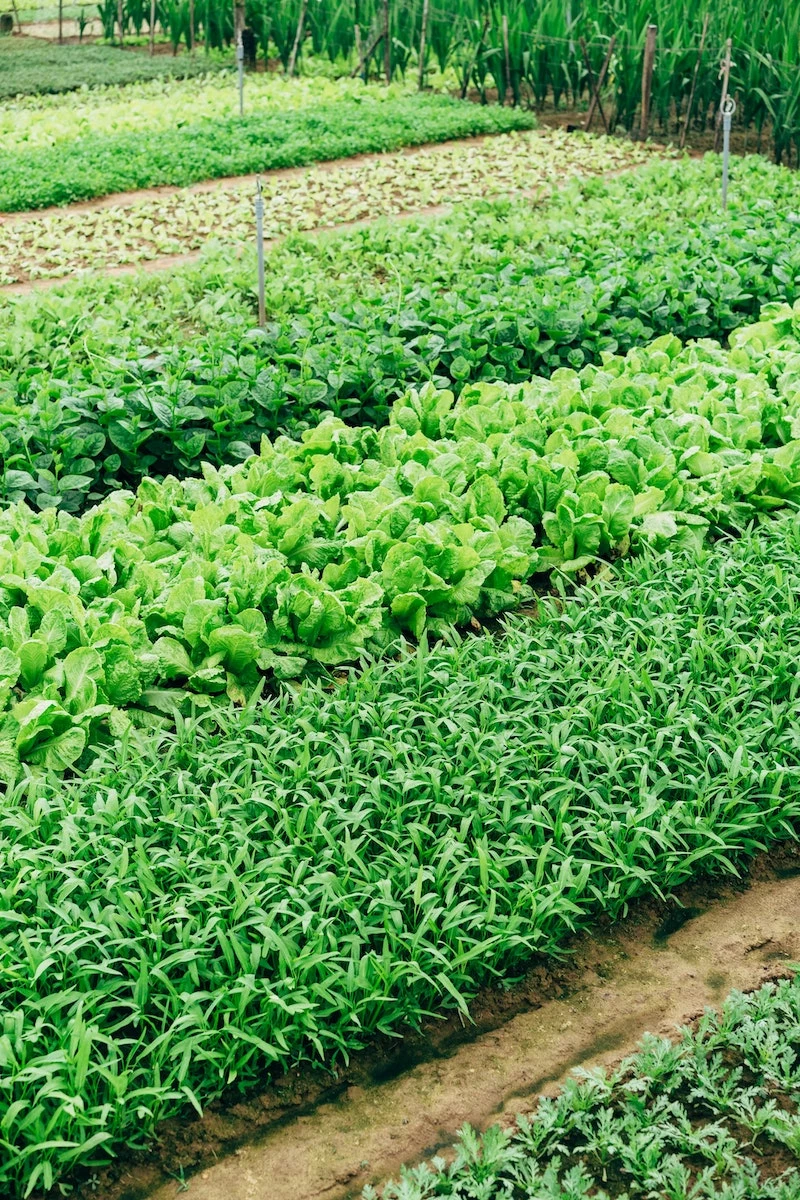
Setting the Stage: Soil Prep for Summer Success
You can’t just toss a plant into the ground in June and cross your fingers. The heat puts a lot of stress on plants, and a well-prepped garden bed is their life support system. The goal is to create soil that holds moisture like a sponge but still drains well, all while providing a steady supply of food.
Building a Water-Wise Foundation
Your soil’s ability to hold water is everything in the summer. Sandy soil lets it drain right through, while heavy clay can bake into a brick that water can’t even penetrate. The solution for both? Organic matter. Specifically, good compost.
Before I put in my summer crops, I always refresh my beds. I’ll pull out any old plants and weeds, then top the bed with a 2-inch layer of high-quality compost. A big bag of this stuff usually runs about $8 to $15 and is worth every penny. It’s not just for nutrients; it fundamentally changes the soil structure. I also mix in a balanced, slow-release granular fertilizer (a 20lb bag might cost $15-$25). Look for an all-purpose one like a 5-5-5, not something high in nitrogen that will just encourage a bunch of leafy growth that wilts in the sun.
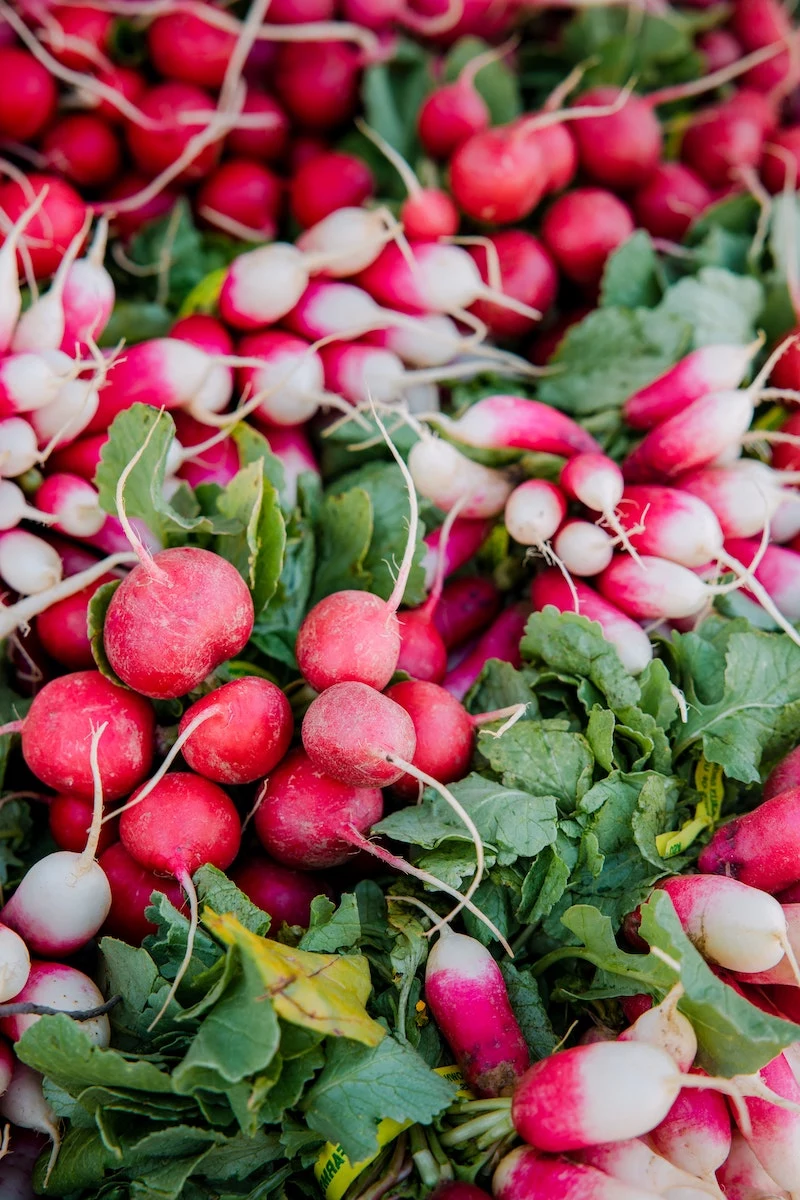
The Non-Negotiable Step: Mulch!
If you only do one thing for your garden this month, please let it be this: add mulch. A 2 to 3-inch layer of mulch is a protective shield for your soil. It slows down water evaporation, keeps the soil temperature cooler on scorching days (preventing cooked roots), and blocks sunlight so weed seeds can’t sprout. Weeds are thirsty competitors, so this is a huge deal.
The type of mulch matters. Here’s a quick rundown:
- Straw: This is my top choice for vegetable gardens. It’s light, lets water through, and breaks down over the season to improve your soil. A compressed bale costs around $10-$20 and will likely cover all your veggie beds. Just make sure it’s seed-free!
- Shredded Hardwood: This is what I use around my perennial flowers and shrubs. It looks tidier and lasts the whole season, which is great for more permanent plantings.
Quick tip: Never pile mulch right up against the stem of a plant. Always leave a little one-inch donut-hole of space around the base to prevent moisture from getting trapped, which can cause rot.
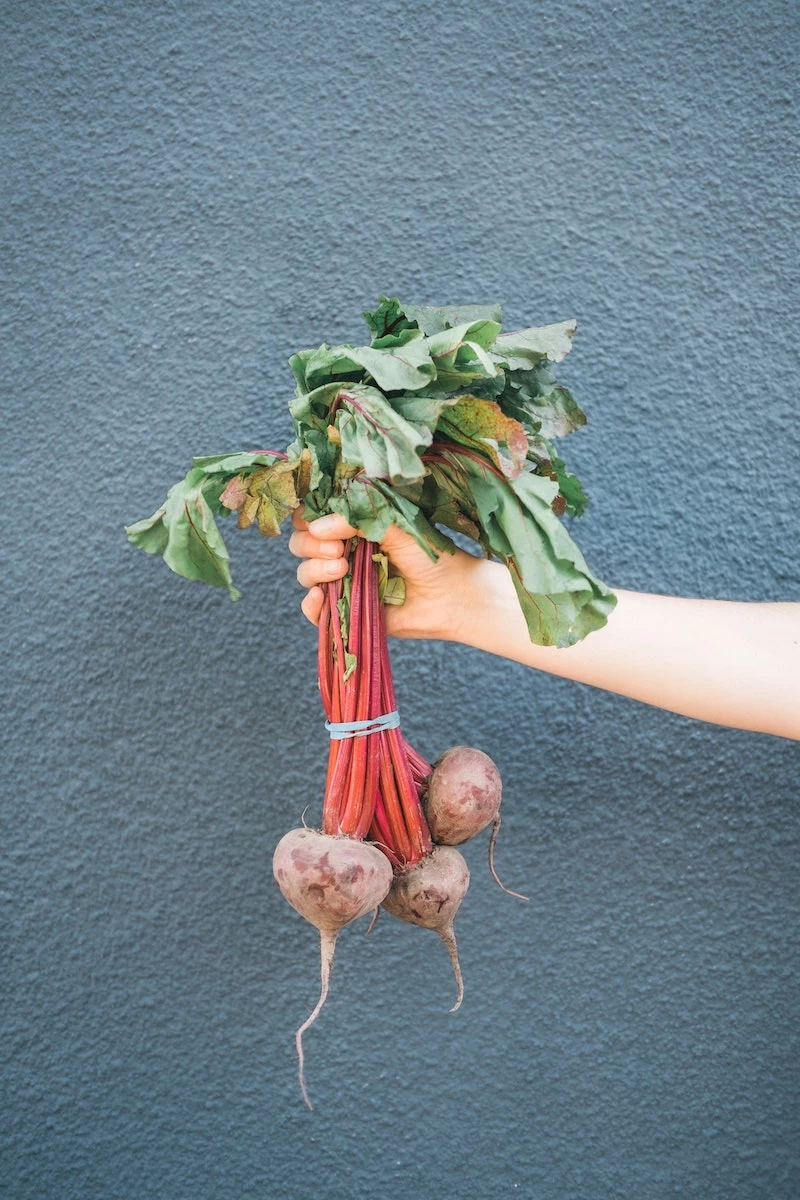
Heads up! When you’re working with bags of compost or mulch, it’s a good idea to wear gloves. If the material is super dry and dusty, a simple dust mask is also smart to avoid breathing in any fine particles or mold spores.
What to Plant: The Stars of the Summer Garden
Okay, now for the fun part. In June, we focus on two main groups: the true heat-worshippers that thrive in summer conditions, and some fast-growers that can give you a quick harvest.
Heat-Loving Vegetables
- Beans (Bush and Pole): So easy and productive. For a continuous harvest, I plant a new short row every two weeks from June through mid-July. This way, I get a steady supply for dinner instead of a mountain of beans all at once.
- Summer Squash (Zucchini, etc.): These grow incredibly fast. The biggest headache is often the squash vine borer moth. A simple, effective trick is to wrap a small strip of aluminum foil around the base of the stem, right at the soil line, to block the moth from laying its eggs there.
- A Common Squash Problem… Solved! Ever get tons of beautiful yellow flowers but no actual zucchini? It’s almost always a pollination problem. The plant has separate male and female flowers, and if pollinators aren’t visiting both, you get no fruit. You can be the bee! In the morning, find a male flower (on a long, thin stem), pull off its petals, and gently dab the pollen from its center onto the center of a female flower (the one with a tiny baby squash at its base). A Q-tip works too. It’s a game-changer!
- Cucumbers: Always grow these on a trellis. Good air circulation is your best defense against powdery mildew. I look for “parthenocarpic” varieties, which don’t need pollination. You can often find these specialized seeds in online catalogs.
- Okra: A true southern belle that adores heat. The seeds have a tough outer coat, so I always soak them in warm water overnight before planting. This little step can cut germination time in half.
- Peppers & Eggplant (Transplants Only): It’s too late to start these from seed in most places, but garden centers are loaded with healthy transplants right now. Expect to pay about $4-6 for a good one. Planting a strong transplant in June is perfect; it will establish its roots in the warm soil and take off.
- Sweet Potatoes: These are grown from “slips,” which are small rooted sprouts you can buy at local nurseries or online. June is the prime time to plant them for a big fall harvest.
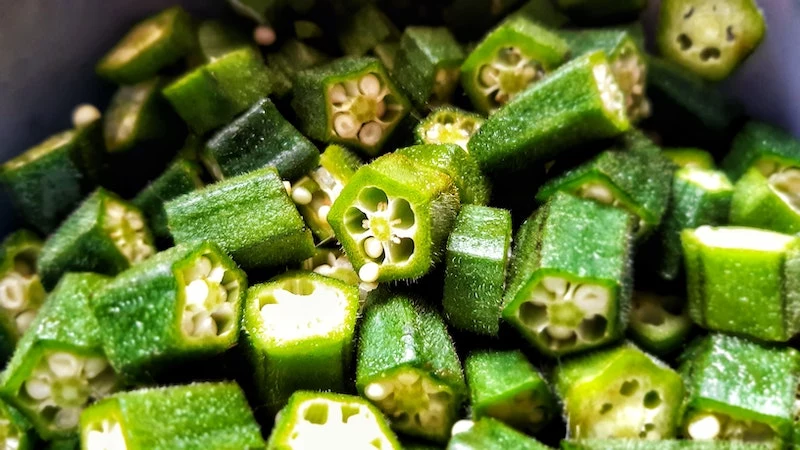
Fast-Maturing and Succession Crops
- Carrots and Beets: Look for varieties that mature in 50-60 days. The key here is consistent watering. The best way to know when to water is the finger test. Stick your index finger two inches into the soil. If it comes out dry, it’s time to water. If it feels damp, you can wait.
- Radishes: These can go from seed to salad in less than a month. Plant them in the shadow of taller plants like tomatoes to keep them from getting too spicy from the heat.
- Herbs: June is perfect for planting basil from seed. You can also plant more cilantro and dill, but stick to those slow-bolt varieties we talked about.
Flowers for Color and Critters
A garden needs flowers! They bring in bees and butterflies that are essential for pollinating your veggies.
- Zinnias: My go-to for foolproof color all season. They are so easy from seed. Look for “cut-and-come-again” types—every time you snip a flower for a vase, the plant grows two more in its place.
- Sunflowers, Cosmos, and Marigolds: These are all iconic summer flowers that you can easily plant from seed in June. They thrive in the sun and bring so much life (and helpful insects) to the garden.
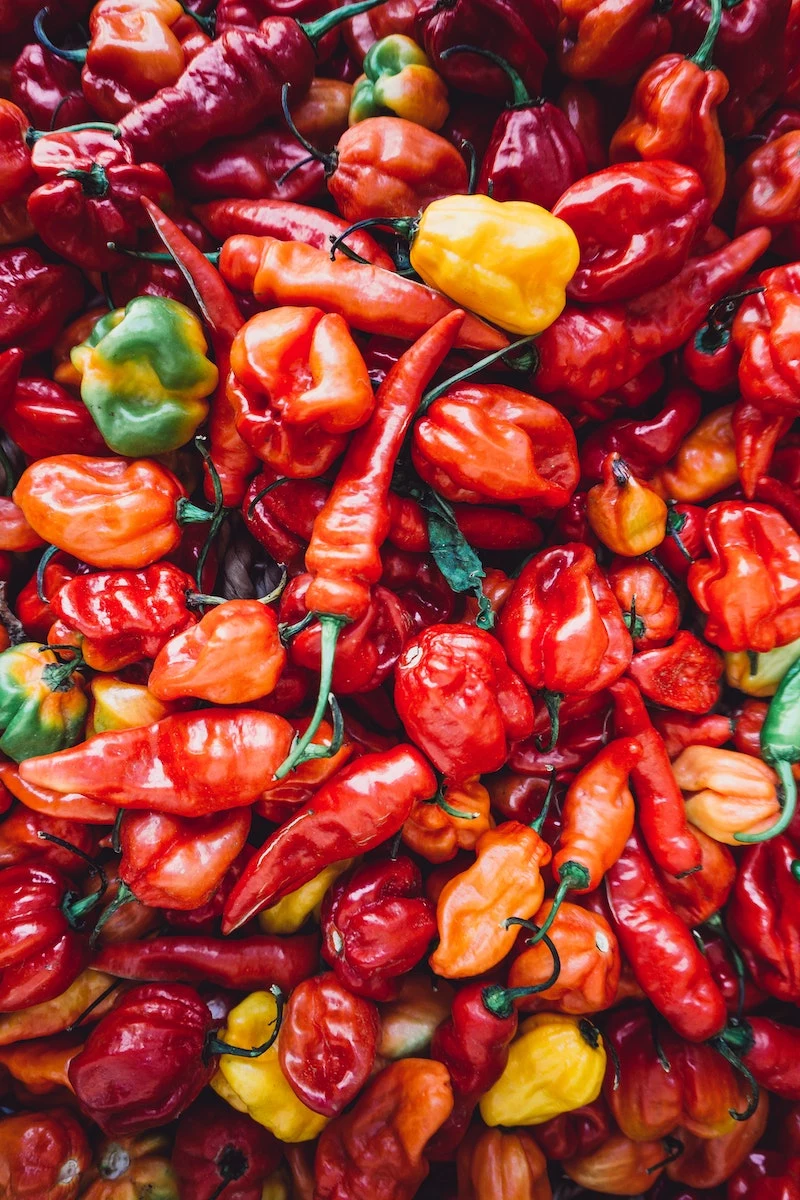
What About Patios & Balconies? June in Containers
A lot of this advice sounds like it’s for big in-ground gardens, but what if you’re working with pots on a patio? Good news: you can absolutely have a killer June container garden.
Most of the heat-lovers—peppers, bush beans, eggplant, and even smaller zucchini varieties—do great in pots. The key is to go big. A five-gallon pot (like the ones from a hardware store for about $7) is a good minimum size for a pepper or eggplant. Also, pots dry out way faster than garden beds, so that daily “finger test” for watering is even more critical. Always use a quality potting mix, not heavy soil from your yard, as it’s designed for proper drainage and aeration in a container.
A Final Word: Be Realistic and Stay Safe
Gardening should be a joy, not a chore that lands you in trouble. And in the summer, the biggest risk is often to the gardener, not the plants. I learned that the hard way one blistering afternoon when I pushed myself too hard and ended up with a nasty case of heat exhaustion. Now, I do my work in the cool of the early morning or late evening. I wear a wide-brimmed hat and I always have water with me.
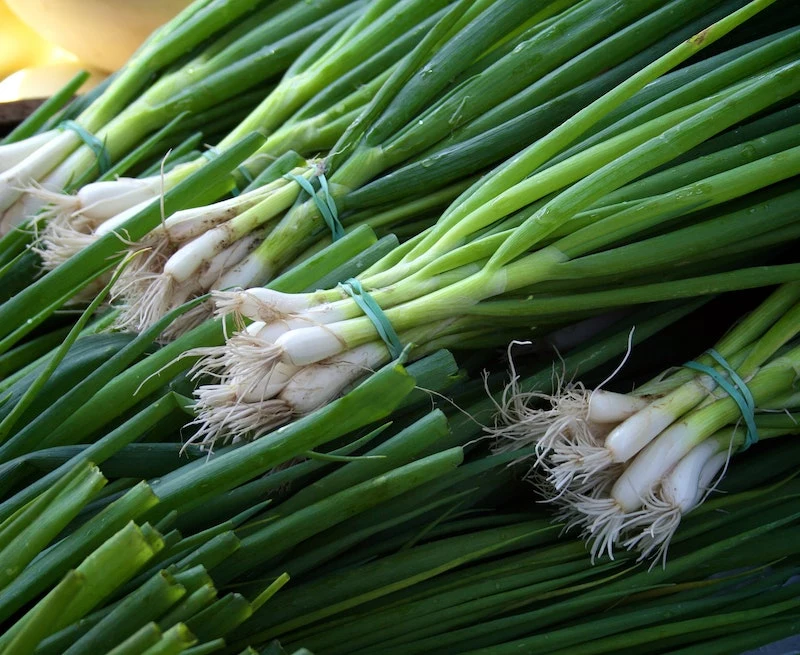
And be realistic. You’re going to have some failures. A pest will find your squash. A heatwave will crisp a few tomatoes. It’s all part of the process. I’ve been at this for a long, long time, and every single year teaches me something new.
By the way, if you’re feeling overwhelmed by all this, here’s a little challenge. Your mission for this weekend: Plant one container or a small 3-foot row of bush beans. They sprout super fast in the warm soil, they’re low-maintenance, and seeing those first green shoots is the perfect confidence boost. It’ll make you feel like a pro in no time.
June is a month of incredible growth. It’s a time to be out there every day, watching, learning, and guiding your plants. By working with the heat instead of fighting it, you can make this one of the most rewarding times in your garden all year.
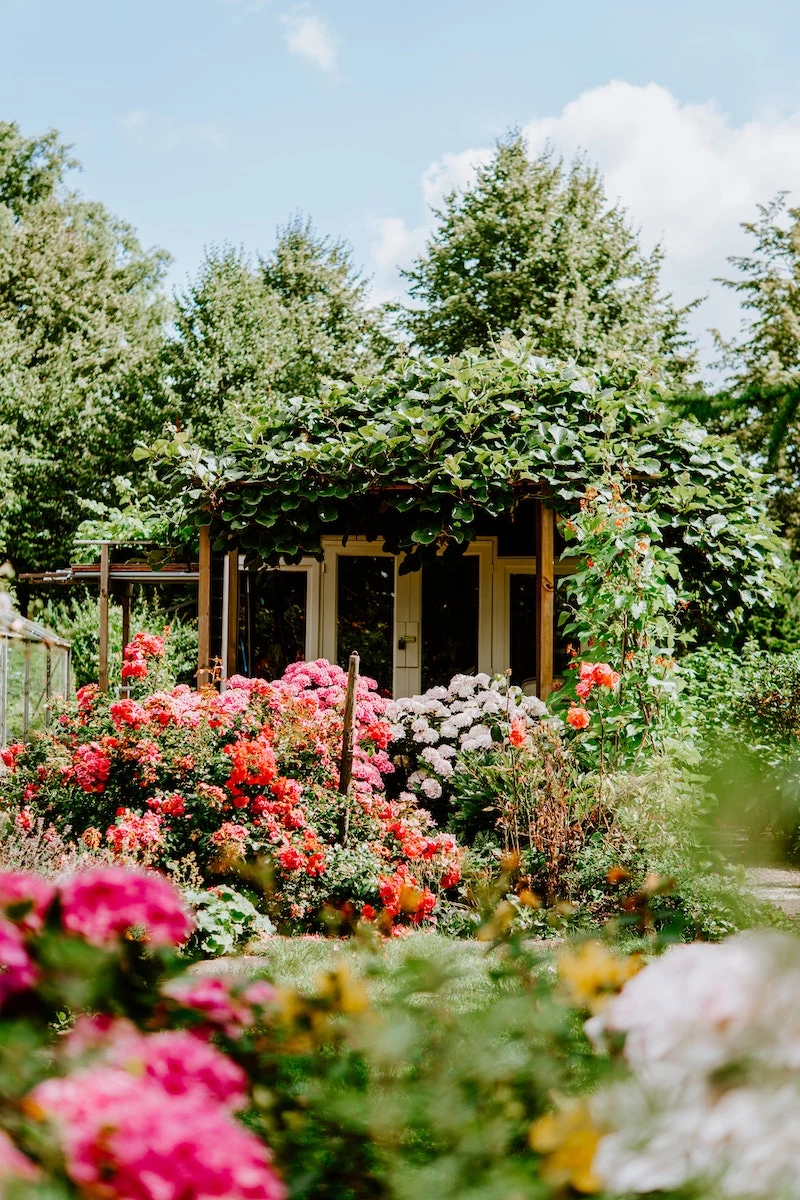
Inspirational Gallery
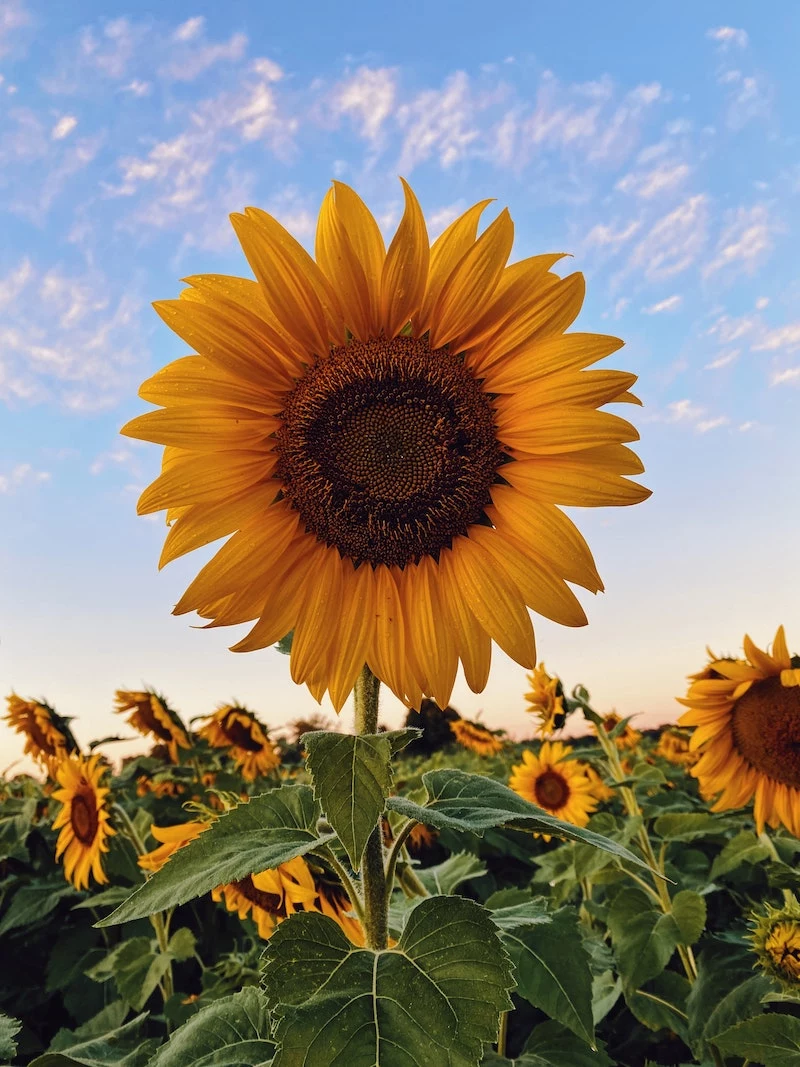
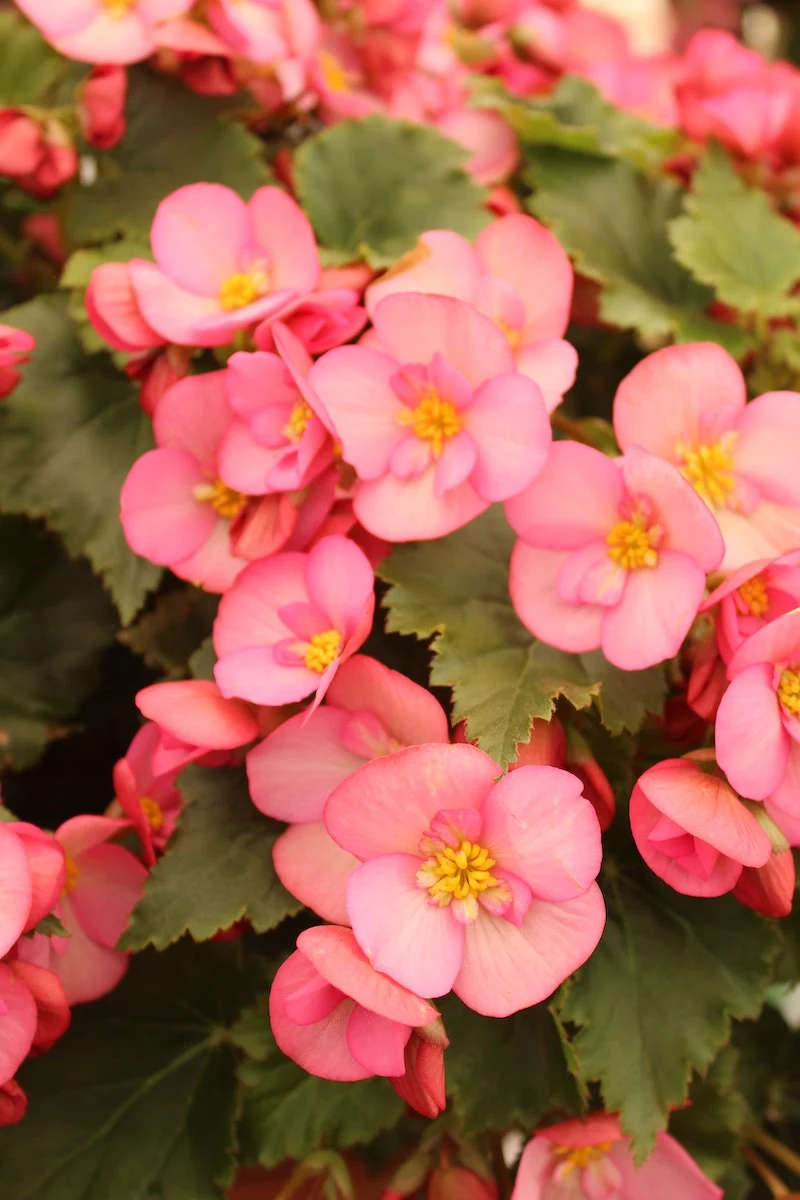
Soaker Hose: A porous hose that weeps water directly into the soil along its entire length. It’s affordable and fantastic for straight rows of vegetables like beans or corn. Super easy to set up—just lay it and connect it.
Drip Irrigation: A system of tubes with emitters placed at the base of individual plants. It’s the most water-efficient method, delivering water precisely where it’s needed, which is ideal for thirstier plants like tomatoes or squash. Brands like Rain Bird offer starter kits that are surprisingly user-friendly.
For most home gardens, a soaker hose is the perfect, budget-friendly starting point to combat June’s heat.
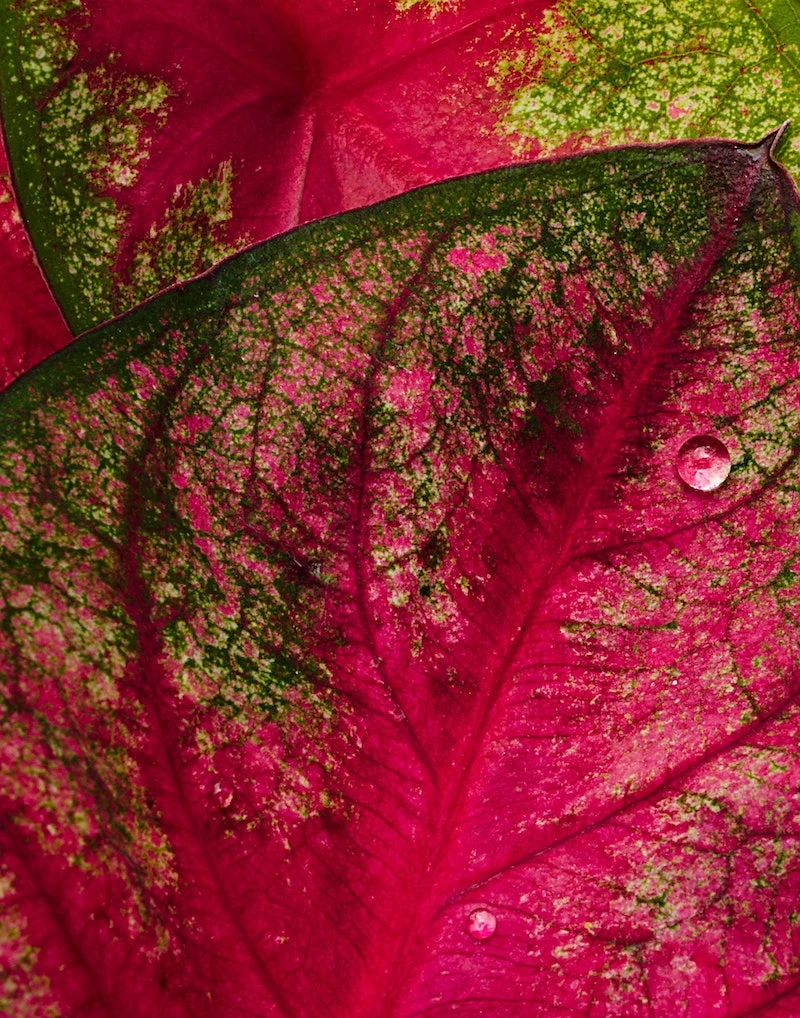
A 2-3 inch layer of organic mulch can reduce water evaporation from the soil surface by up to 70%.
In the intense sun of June, this isn’t just a trivial fact—it’s your secret weapon. That layer of mulch, whether it’s straw, shredded cedar bark, or a bagged product like Scotts Nature Scapes, acts as a protective shield. It keeps the soil cooler, locks in precious moisture after watering, and smothers the weeds that compete with your crops for nutrients. Think of it as sunscreen for your soil.
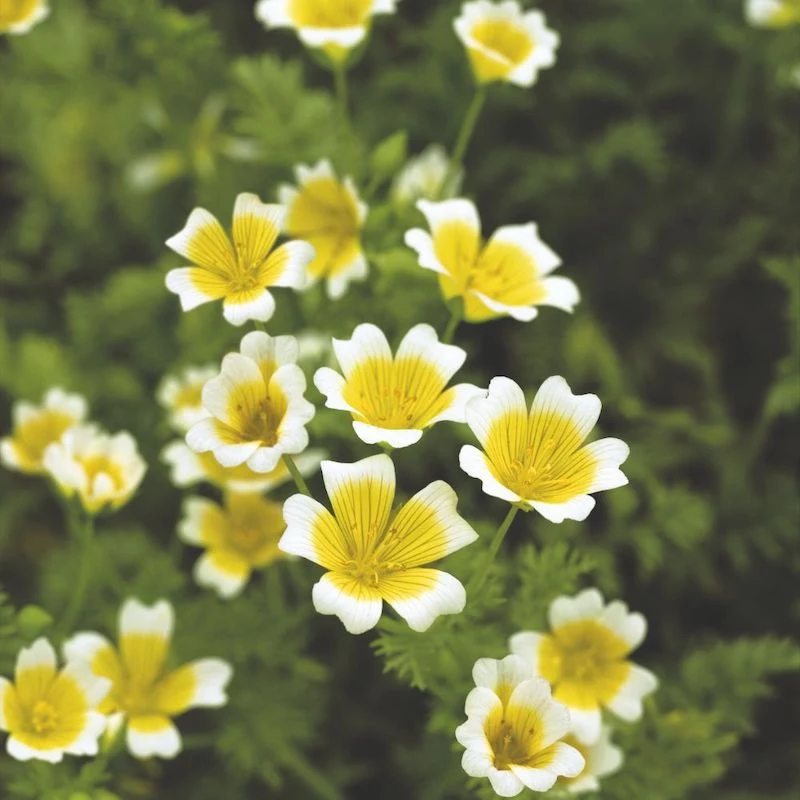
How do you create a container garden that truly thrives in the summer heat?
The key is choosing the right pot and the right plants. Forget small, dark-colored plastic pots which can bake roots. Opt for larger terracotta or light-colored ceramic containers that stay cooler. Then, fill them with heat-loving “spiller, filler, thriller” combinations. Try the trailing ‘Wave’ Petunia (spiller), vibrant Lantana (filler), and the dramatic purple fountain grass (thriller). A weekly dose of a liquid fertilizer like Miracle-Gro Bloom Booster will keep them flowering profusely all season long.
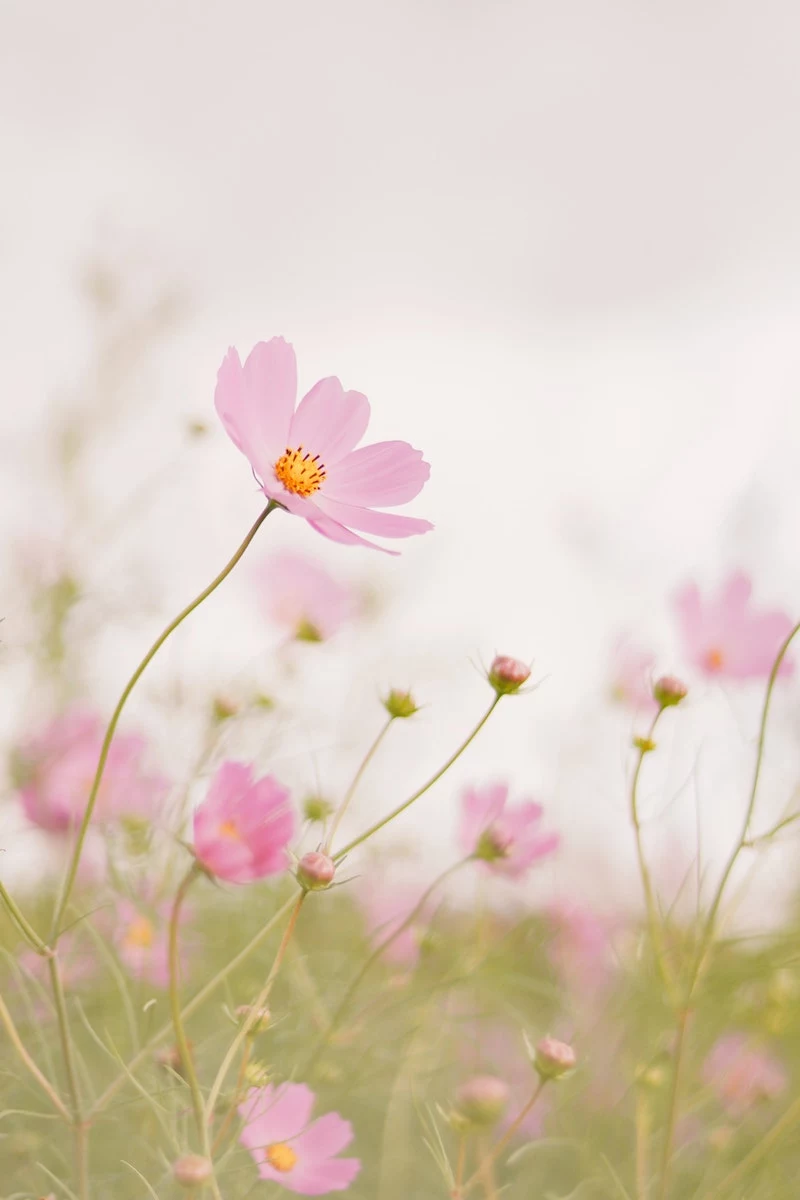
- Guarantees a continuous harvest well into autumn.
- Maximizes the productivity of every square foot of your garden.
- Keeps your soil healthy and active, preventing weeds from taking over empty spaces.
The secret? It’s called succession planting. Instead of planting all your bush beans or radishes at once, sow a new short row every two weeks throughout June and July. As one batch finishes, the next is ready to take its place.
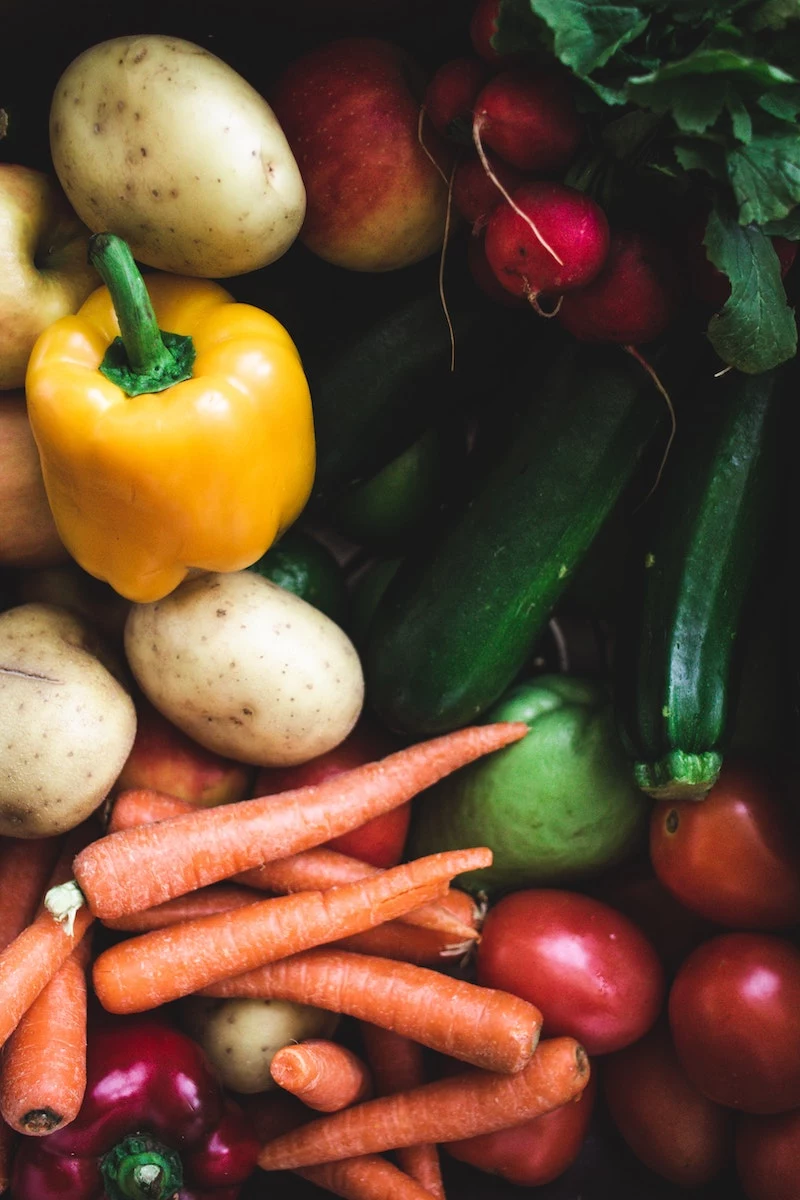
A common mistake: Planting seedlings out during the hottest part of the day. Those young plants, accustomed to the sheltered life of a nursery, can suffer from transplant shock when faced with the midday June sun. For a seamless transition, always plant in the cool of the late afternoon or on an overcast day. This gives them the entire evening and night to settle in before facing the heat, drastically increasing their survival rate.
Did you know? The Zinnia, a quintessential flower for June planting, is native to Mexico and was considered the flower of the gods by the Aztecs. Its name in Nahuatl translates to ‘plant that is hard on the eyes’ due to its brilliant, intense colors.










